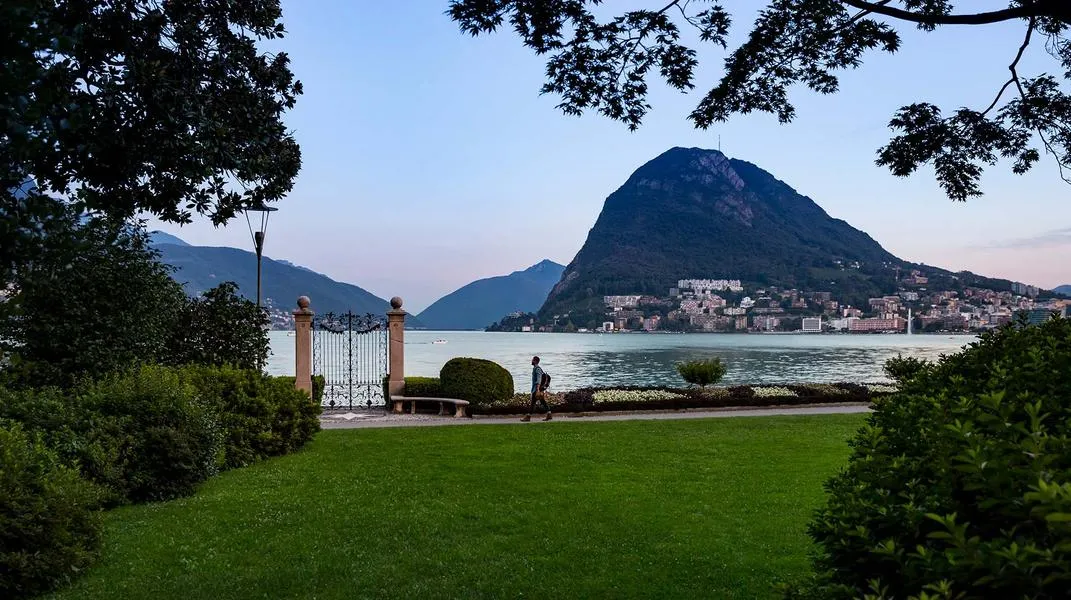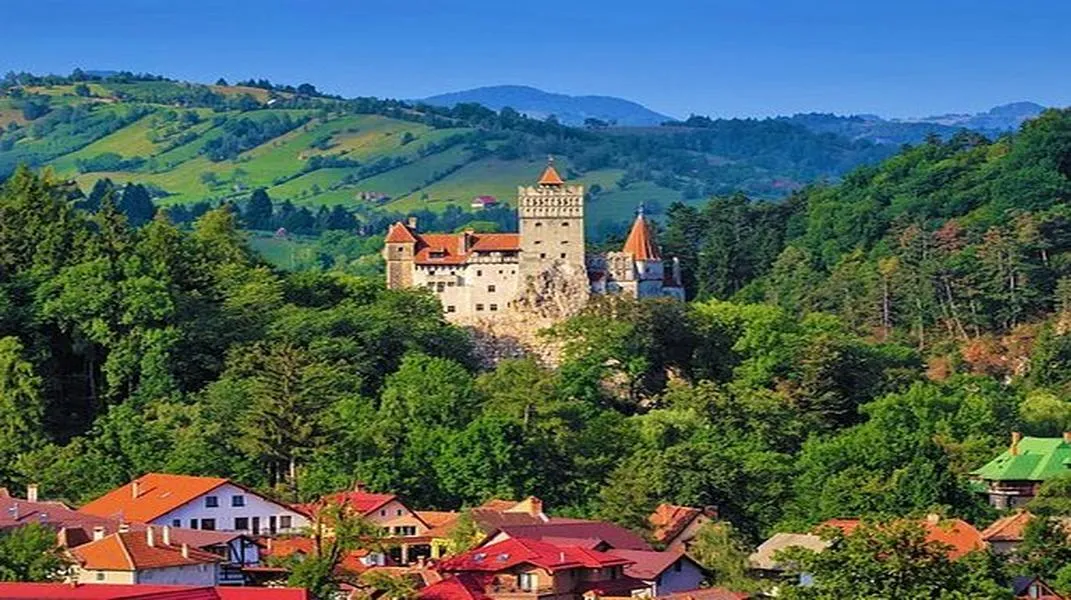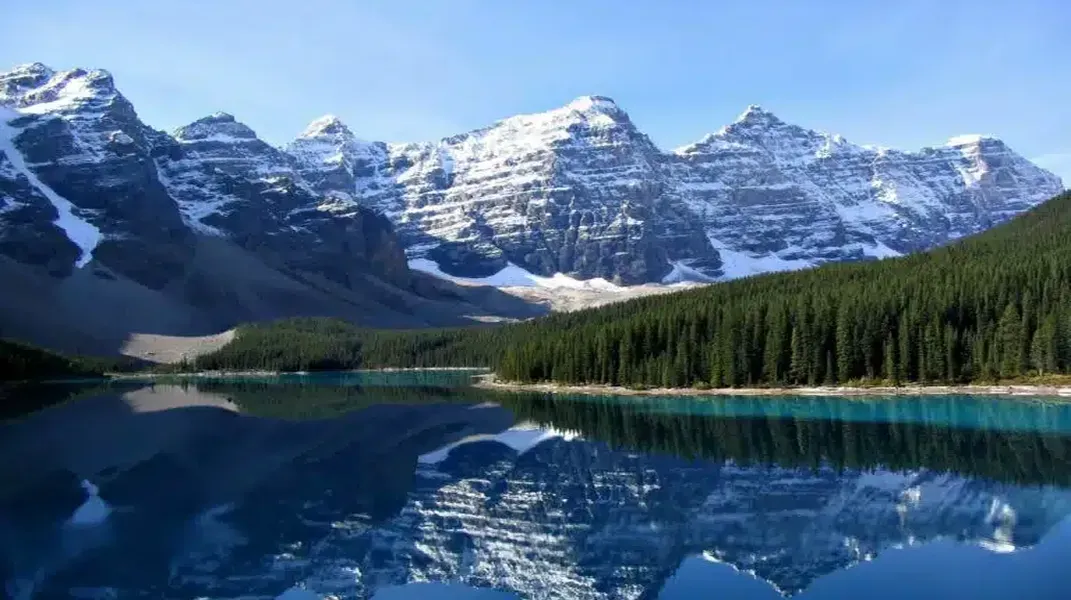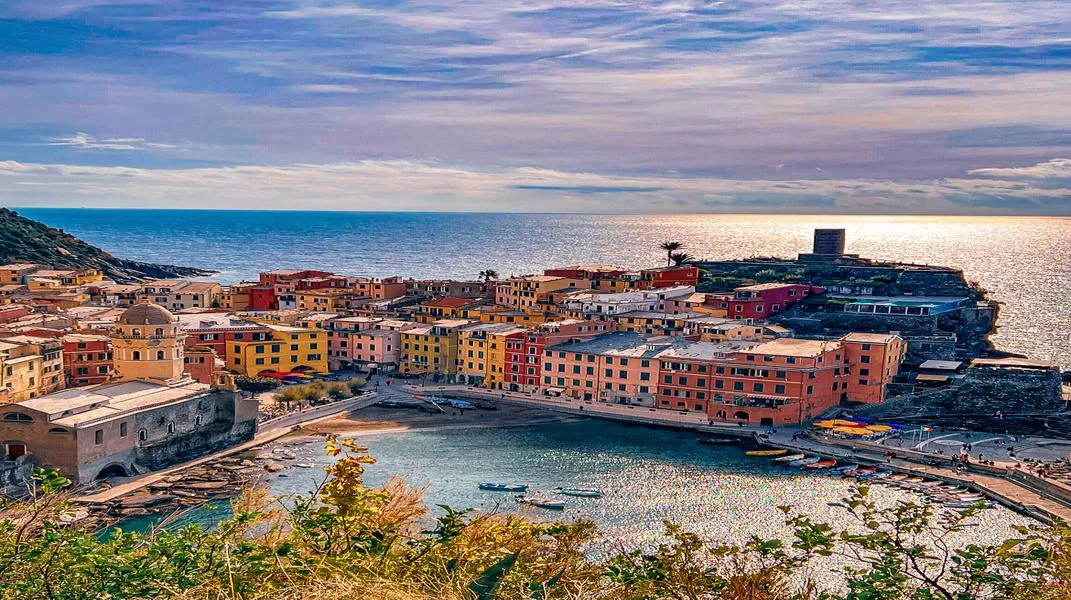Discovering Whitehorse: The Jewel of the Yukon
Nestled in the heart of the Yukon Territory, Whitehorse is a vibrant city rich in history, culture, and stunning natural beauty. With its breathtaking landscapes, diverse wildlife, and a plethora of outdoor activities, Whitehorse has become an increasingly popular tourist destination. From the majestic mountains surrounding the city to the meandering Yukon River that flows through it, visitors are treated to a unique blend of adventure and relaxation. Whether you’re an outdoor enthusiast, a history buff, or simply looking for a peaceful retreat, Whitehorse has something to offer everyone. In this comprehensive guide, we’ll dive into the must-see attractions, cultural experiences, and the essential materials you’ll need to prepare for your visit.
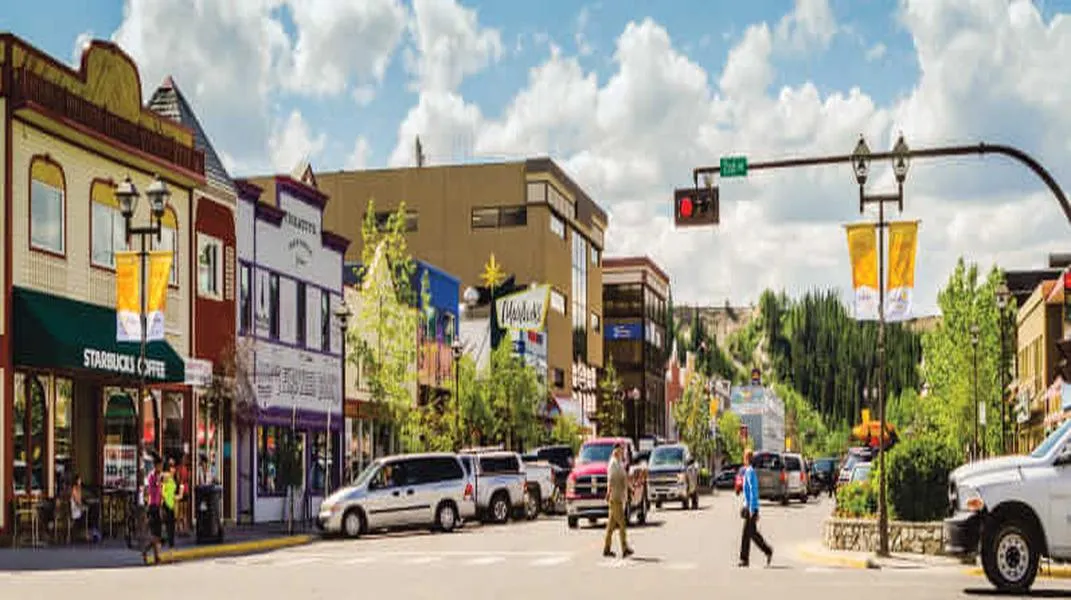
The Allure of Whitehorse
A Brief Overview
Whitehorse, the capital of the Yukon, is known as the "Wilderness City." It is located along the banks of the Yukon River and is surrounded by stunning mountains and natural landscapes. The city is named after the White Horse Rapids on the Yukon River, which were said to resemble the mane of a white horse when the water churned. With a population of just over 30,000, Whitehorse is the largest city in the Yukon and serves as a gateway to some of the most pristine wilderness areas in Canada.
A Rich History
Whitehorse has a fascinating history that dates back to the Indigenous peoples who have inhabited the region for thousands of years. The area was later explored by European settlers during the Klondike Gold Rush in the late 19th century. The city played a pivotal role as a supply center for gold miners and has since evolved into a cultural and economic hub for the region. Today, visitors can explore this rich history through various museums, heritage sites, and cultural events.
Must-See Attractions
1. S.S. Klondike National Historic Site
One of the most iconic landmarks in Whitehorse is the S.S. Klondike, a sternwheeler that operated on the Yukon River during the gold rush era. The vessel is now a National Historic Site and offers guided tours that provide insight into the history of river transportation in the Yukon. Visitors can explore the boat, learn about its restoration, and hear stories of the men and women who worked on it.
2. Yukon Beringia Interpretive Centre
For those interested in the natural history of the region, the Yukon Beringia Interpretive Centre is a must-visit. This state-of-the-art facility showcases the ancient land bridge that once connected Asia and North America during the last Ice Age. Exhibits highlight the unique flora and fauna of the area, including the woolly mammoth and other prehistoric creatures. The center also provides interactive displays and educational programs, making it a great stop for families.
3. MacBride Museum of Yukon History
Delve into the rich history of the Yukon at the MacBride Museum. This museum features exhibits on the region's Indigenous cultures, the gold rush, and the development of Whitehorse. With artifacts, photographs, and interactive displays, visitors can gain a deeper understanding of the people and events that shaped the territory. The museum also houses a collection of vintage vehicles and the famous "Klondike Gold Rush" exhibit.
4. Kwanlin Dün Cultural Centre
The Kwanlin Dün Cultural Centre is a significant venue for celebrating the heritage of the local First Nations. The center features art galleries, cultural programming, and a café serving traditional Indigenous cuisine. Visitors can participate in workshops, attend storytelling sessions, and enjoy performances that showcase the vibrant culture of the Kwanlin Dün people.
5. Miles Canyon
Nature lovers will find solace in Miles Canyon, a stunning natural wonder located just a short drive from downtown Whitehorse. The canyon is carved by the Yukon River, creating dramatic cliffs and crystal-clear waters. There are several hiking trails in the area, offering breathtaking views of the canyon and the surrounding landscape. In the summer, visitors can kayak or canoe through the calm waters, while winter offers opportunities for snowshoeing and ice skating.
6. Takhini Hot Springs
For a truly relaxing experience, a visit to Takhini Hot Springs is a must. Located just 30 minutes from Whitehorse, these natural hot springs provide a soothing escape from the hustle and bustle of city life. The geothermal waters are rich in minerals and are said to have therapeutic properties. Visitors can soak in the outdoor pools while enjoying the stunning views of the surrounding mountains and forests.
7. Yukon Wildlife Preserve
Animal lovers should not miss the Yukon Wildlife Preserve, home to a variety of native species, including moose, caribou, muskoxen, and more. The preserve covers over 700 acres and offers guided tours, walking trails, and educational exhibits. Visitors can observe the animals in their natural habitats while learning about the importance of wildlife conservation in the region.
8. Whitehorse Fish Ladder
The Whitehorse Fish Ladder is an engineering marvel that allows salmon to navigate around the hydroelectric dam on the Yukon River. During the summer months, visitors can witness the incredible sight of salmon swimming upstream to spawn. The fish ladder features an observation platform with educational displays about the life cycle of salmon and the importance of their migration.
Outdoor Activities
Whitehorse is a paradise for outdoor enthusiasts. Whether you’re seeking adventure or relaxation, the city and its surroundings offer a myriad of activities year-round.
Hiking and Biking
With an extensive network of trails, Whitehorse is ideal for hiking and biking. Popular trails include the Millennium Trail, which runs along the Yukon River, and the Grey Mountain Trail, offering panoramic views of the city and beyond. In the summer, the trails are alive with wildflowers, while in the fall, they provide stunning vistas of autumn foliage.
Winter Sports
In the winter months, Whitehorse transforms into a winter wonderland. Visitors can enjoy activities such as cross-country skiing, snowshoeing, and dog sledding. The nearby Mount Sima offers downhill skiing and snowboarding, catering to all skill levels. The pristine snow-covered landscape is perfect for exploring, whether on a guided tour or a solo adventure.
Northern Lights Viewing
One of the most magical experiences in Whitehorse is witnessing the Northern Lights. The city offers prime viewing opportunities from late August to mid-April. Many tour operators provide guided excursions to the best spots for viewing the aurora borealis, complete with warm beverages and cozy blankets. This spectacular natural light display is a bucket-list experience for many travelers.
Preparing for Your Visit
To make the most of your trip to Whitehorse, it’s essential to prepare adequately. Here are some materials and tips to consider:
1. Clothing
The weather in Whitehorse can be unpredictable, so packing layers is crucial. Be sure to include:
- Base Layers: Moisture-wicking shirts and thermal leggings.
- Insulating Layers: Fleece jackets or down vests for added warmth.
- Outer Layers: Waterproof and windproof jackets and pants, especially for outdoor activities.
- Footwear: Sturdy hiking boots for summer and insulated waterproof boots for winter.
- Accessories: Warm hats, gloves, and scarves to protect against the cold.
2. Outdoor Gear
Depending on the activities you plan to engage in, you may need to bring or rent specific gear:
- Hiking Gear: A daypack, trekking poles, and a water bottle.
- Biking Gear: A helmet and cycling gloves. Many bike rental shops are available in the city.
- Winter Sports Gear: If you plan to ski or snowshoe, check for rental options or bring your equipment.
3. Camera and Binoculars
Whitehorse is home to stunning landscapes and diverse wildlife, making it essential to bring a camera to capture the beauty. Binoculars are also handy for spotting animals in the wild, especially at the Yukon Wildlife Preserve.
4. Maps and Guides
While Whitehorse is relatively easy to navigate, having a good map or guidebook can enhance your experience. Consider downloading offline maps on your smartphone or purchasing a local guidebook for detailed information about attractions and activities.
5. Personal Items
Don’t forget to pack essential personal items, including:
- Sunscreen and Lip Balm: Even in winter, UV rays can be strong.
- Medications: Bring any necessary medications and a basic first aid kit.
- Snacks: Pack energy-boosting snacks for your outdoor adventures.
6. Transportation
If you plan to explore beyond downtown Whitehorse, consider renting a car. This will give you the flexibility to visit nearby attractions and enjoy the scenic drives through the Yukon wilderness. Public transportation options are also available within the city.
7. Respect for Nature and Culture
Lastly, it’s important to be respectful of the natural environment and the local Indigenous cultures. Follow Leave No Trace principles while hiking and camping, and be mindful of cultural sensitivities when visiting Indigenous sites.
Conclusion
Whitehorse is a captivating destination that seamlessly blends adventure, culture, and history. From exploring the rich heritage of the Klondike Gold Rush to immersing yourself in the stunning natural beauty of the Yukon, the city offers a wealth of experiences for every traveler. With the right preparation and a sense of adventure, your visit to Whitehorse will undoubtedly be a memorable one. Whether you’re seeking the thrill of outdoor activities or the tranquility of nature, Whitehorse is a destination that promises to enchant and inspire. So pack your bags, grab your sense of adventure, and get ready to discover the wonders of the Wilderness City!

